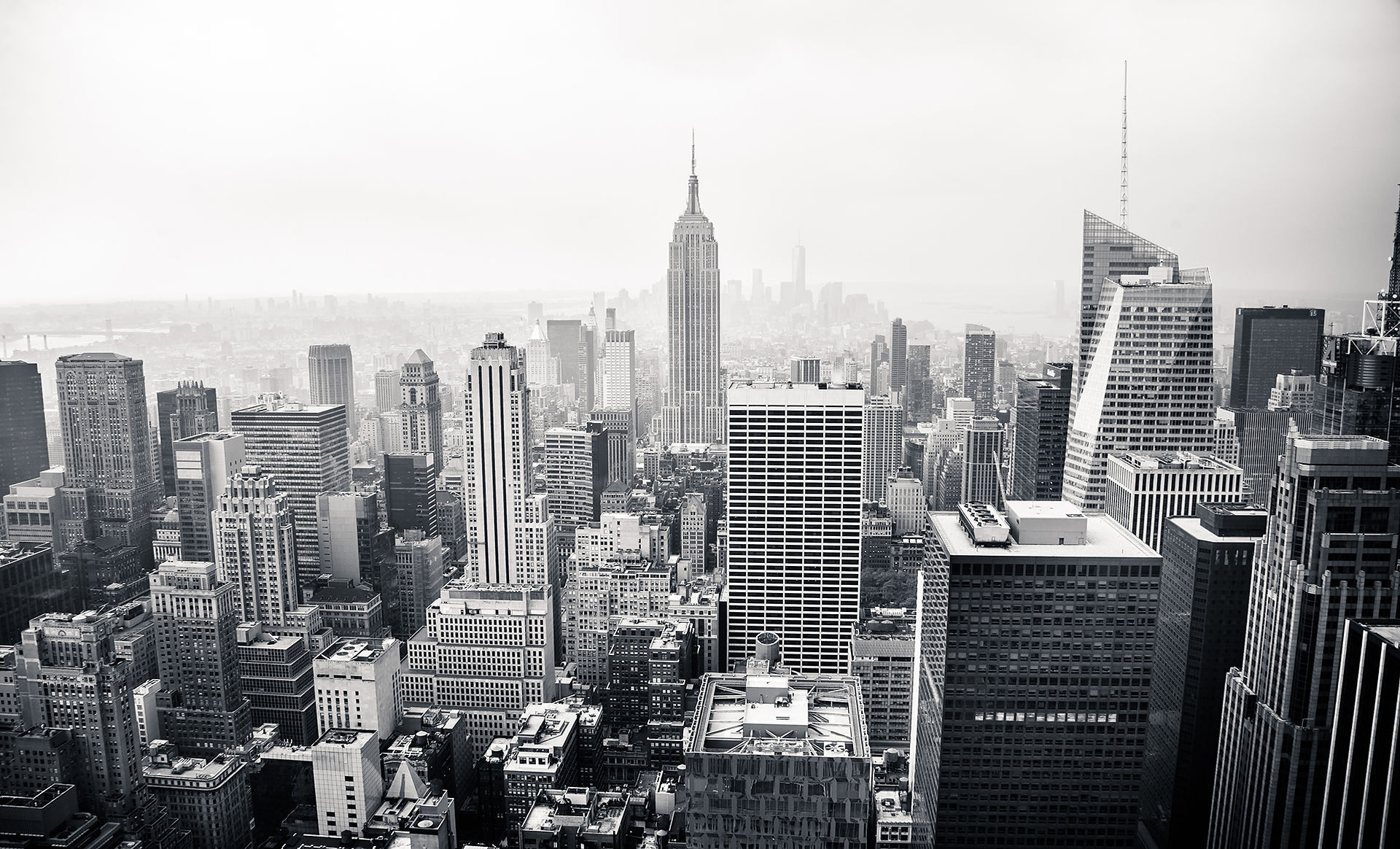
Letters Notes
Throughout the 1920’s, gay culture flourished, especially in New York City. Prohibition upended social norms and allowed gay and lesbian life to come out of hiding in the safety of the speakeasies. It is then unsurprising that F. Scott Fitzgerald might write a non-straight character into his legacy of the Jazz Age, The Great Gatsby. One could debate for hours on whether or not Nick was truly interested in men, but I firmly believe he slept with Mr. McKee after the party in the apartment. They leave together at midnight, take an innuendo-filled elevator ride, and appear suddenly in the McKee’s apartment. Nick remembers, “. . . I was standing beside his bed and he was sitting up between the sheets, clad in his underwear, with a great portfolio in his hands” (Fitzgerald 38). The next thing we know, Nick is waiting for the four o’clock train. I could provide more examples, but these letters are not written to prove Nick’s sexuality but instead to explore the implications if Nick really isn’t straight.
Nick’s letter to Mr. McKee shows a peek into gay culture of 1920’s New York City. He references Gene Malin, a popular performer at gay-hosted drag balls, and Everard, a Turkish bathhouse in New York City that was primarily attended by gay men. (Coincidentally, the entrance to Everard Baths was marked with two green lights.) Although gay culture was becoming more socially accepted, Nick has reason to be cautious. Homosexual acts were illegal in New York until 1980. In 1919 and 1920, two police raids of Everard Baths produced a total of twenty-six arrests for lewd behavior. Gay culture may have been thriving, but gay people still were not safe. In addition to not wanting the legal risks, Nick is a rather reserved person but was willing to have sex with a near stranger. Unlike Gatsby’s yearning for Daisy, Nick’s feelings for McKee don’t go beyond the bedroom, or else we might have seen the McKees again.
Fitzgerald’s letter to his editor, Maxwell Perkins, highlights Fitzgerald’s tendency to change book titles frequently, make many revisions, and nearly miss deadlines. The last title he wanted for The Great Gatsby was “Under the Red, White, and Blue,” but the revision was submitted too late for publishing. The letter also pokes fun at Fitzgerald’s constant traveling, showing his willingness to move at the drop of a hat. Most importantly, it examines how gay culture was viewed by society during the 1920’s. The gay lifestyle was becoming more well-known, yet the majority of people still avoided and condemned it. The first newspaper to print the word homosexuality was The New York Times in 1926; in 1927, the New York Assembly changed the state’s obscenity laws to forbid depictions and mentions of homosexuality on live stages. Writing even a subtle nod to gay people was a risk for the author. The future novel to which Fitzgerald refers is Tender Is the Night, which was the next book he wrote after The Great Gatsby. Published in 1934, Tender Is the Night has several openly gay characters, which shows Fitzgerald’s interest in writing on the topic.
Why does Nick’s sexuality matter at all? Some say it doesn’t, but I believe discussing sexuality within a novel is almost as insightful as discussing race. Fitzgerald wrote the scene with Mr. McKee for a reason; McKee is never seen again, so the affair must be revealing something about Nick. If Nick is interested in men – regardless of labels and girlfriends whom he may or may not love – then certainly he is interested in Gatsby, and that turns Nick from a reliable narrator into an incredibly biased one. He declares, “Only Gatsby, the man who gives his name to this book, was exempt from my reaction [of scorn]” (2), but Gatsby is just as bad as Daisy, whom Nick never puts on such a high pedestal. Daisy kills Myrtle but Gatsby agrees to cover for her, making him an accessory. Daisy betrays her husband but Gatsby tries to woo a married woman. Daisy chooses money over love while Gatsby chooses bootlegging over legal business options. Unless there is heavy misogyny at play, which is entirely possible, Daisy and Gatsby should be moral equivalents.
The letter to post-death Gatsby demonstrates how Nick’s sexuality has the ability to influence his perception of Gatsby and thus the entire tone of the novel. Nick is so enamored by Gatsby’s “rare [smile] with a quality of eternal reassurance in it” (48) that he fails to notice his flaws. He still believes Gatsby “turned out all right at the end” (2) despite the fact that he stalked his ex-girlfriend, tried to guilt her into leaving her husband, and covered for the manslaughter she committed. Nick paints Gatsby as an American hero while glossing over the fact that he is obsessive, inauthentic, and selfish. Is Nick in love with Gatsby? Is Nick actually straight? We have no way of knowing for sure, but it is one of the many interesting perspectives to consider when analyzing The Great Gatsby.
Fact Sources:
Chauncey, George. Gay New York: Gender, Urban Culture, and the Makings of the Gay Male World, 1890-1940. New York: Basic, 1994. Print.
Ferrer, Annie, and Jazmine Hughes. "Trailblazing: A History of Gay Rights in New York." Daily Intelligencer. New York Media, 25 June
2011. Web. 25 Jan. 2015.
Fone, Byrne. Homophobia: A History. New York: Metropolitan, 2000. Print.


